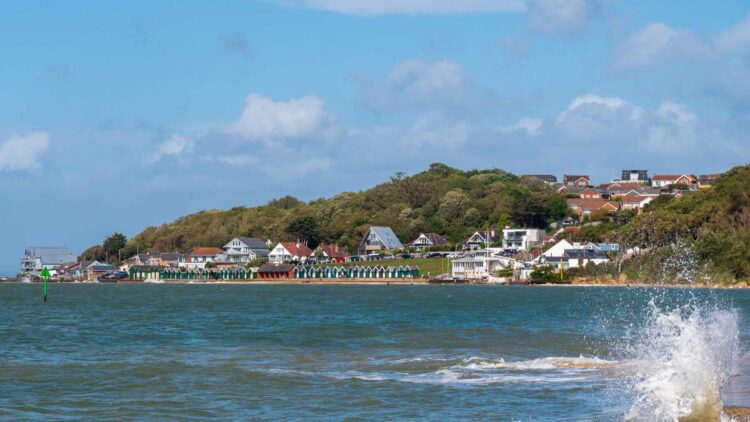We all imagine war as a battlefield, with two opponents that face each other across a terrain, and while that has been the case for plenty of conflicts, through humanity all sides have experimented, some with more success than others, with ways to end conflicts quicker and with less deaths on their camp. Most of these trials peaked during World War II, when biological warfare was introduced to the battlefield thanks to Germany’s experiments and other countries, like Great Britain, followed suit. While we continue to employ plenty of techniques and weapons that were developed during that time, the persistent need to win at all cost and the focus on loss of life seems to have subsided, and now we are just left with the remnants of a time that we almost do not want to understand.
One of those remnants is Gruinard Island, located in the northwest coast of Scotland. It is a very small island, just about 484 acres, and it saw one of the most sinister plans to come out of this biological warfare competition. The plan was called, with a healthy dose of English irony, Operation Vegetarian and it was meant to destroy a good part of the food supply for Germany and their allies.
The plan was developed under Churchill, and created at the Porton Down lab in southern England. It was straightforward and meant to decimate, dropping linseed cakes tainted with anthrax spores onto enemy farmland which would mean that animals would eat the poisoned feed, get infected, and then pass on the anthrax to anyone who consumed their meat. But like all good plans, it needed to be put to the test, and that is where Gruinard Island came in, as it was not inhabited.
The World War II plan that never saw the light of day and its effects on Gruinard Island
The island was perfect for this plan, as it was not just uninhabited, it was also isolated and close enough to the mainland. When the plan was put into action, the results were horrific, as shown by declassified footage released in 1997. The images showed tied-up sheep placed on the island while anthrax bombs were detonated nearby and them over the following days, the animals died one by one.
While it was a good thing that the plan was never carried out in enemy territory, the island did not fare well. Locals named it “the island of death, the mystery island,” as BBC’s Fyfe Robertson said in 1962. “And for good reason.” It remained dangerously toxic for decades, the anthrax spores in the soil were so resilient that the island became permanently quarantined and for nearly 50 years, signs warned people not to step foot there.
But the government did not acknowledge that it was due to anthrax until the 70s, when the “keep out” warning started to include the word as a deterrent against those who wanted to explore. Locals knew something had happened there, but even they did not have the full picture until years had passed.
John Alick MacRae remembered “people in white suits going to the island.” Another local, Roy McIntyre, could see “puffs in the air, a few little explosions going off.” But no one told them what was really happening, they just knew that the strange deaths of nearby animals meant that something was not right.
The mystery broke in the 1980s, when a mysterious group known as Dark Harvest emerged with a threat that spooked the government. In 1981, newspapers received letters from the group claiming it had taken anthrax-laced soil from Gruinard and scattered it at key sites across the U.K., including Porton Down. “Where better to send the seeds of death,” they wrote in their manifesto, “than to the place from whence they came?” One of the soil samples near Porton Down actually tested positive for anthrax an another was found in Blackpool, where the Conservative Party was holding its annual conference, although that one turned out to be a bluff.
That shook the public and the government enough to clean up Gruinard in the 90s, dousing it in formaldehyde and declaring it safe again.

